Double-End PCC Cars!
***
by Edward B. Havens
Almost all modern streetcars and light rail vehicles [LRVs] built for U.S. systems in recent years are double ended for operational flexibility. Philadelphia's 112 Kawasaki cars, built in 1981, used on Routes 10, 11, 13, 34 and 36 are the exception. A double-end car allows for short turns at double track crossovers and eliminates the need to acquire expensive real estate for reversing loops. This is in sharp contrast with Electric Railway Presidents' Conference Committee [PCC] streetcars built by U.S. manufacturers from 1936 to 1951. Of the total PCC production by St. Louis Car Co. and Pullman-Standard, only a fraction were double ended and most of those were of front and rear door design similar to conventional streetcars that preceded them. These included the St. Louis Car Company-built PCCs for San Francisco Municipal Railway [MUNI] and "quasi-PCC" lightweight suburban cars for the Philadelphia Suburban Transportation Co. (PSTC) or "Red Arrow Lines" that rode on MCB-type trucks instead of B-2/B-3 PCC trucks.

Figure 1 - SFMTA double-ended PCC testing on E-Embarcadero heritage line.
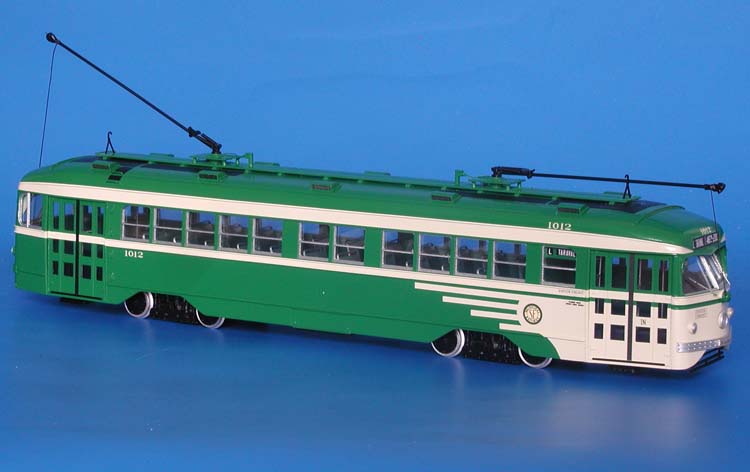
Figure 2 - St. Petersburg Tram Collection O scale model of San Francisco 1012.
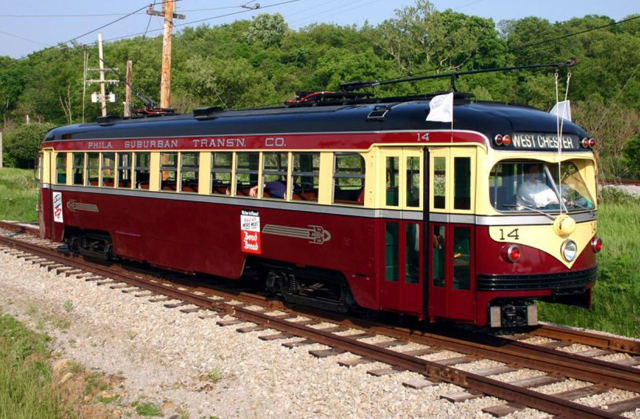
Figure 3 - Restored PSTC "Red Arrow Lines" No. 14 at Pennsylvania Trolley Museum.
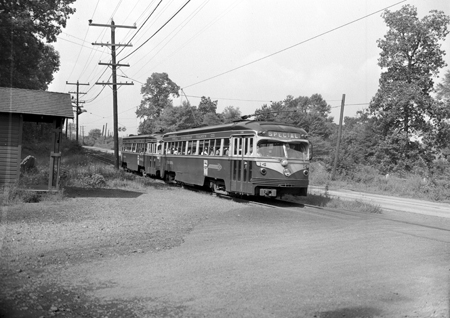
Figure 4 - St. Louis Car Co.- built Red Arrow 11-24 series cars on West Chester Pike
before end of rail service in June 1954. Most of the line was side-of-the-road trackage.
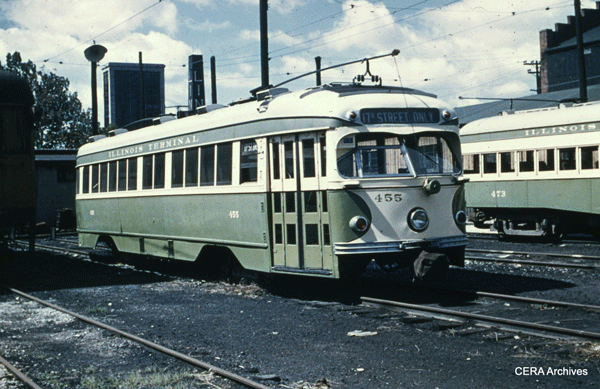
Figure 5 - The St. Louis PCCs built for Illinois Terminal for its St. Louis, Mo., to Granite City, Ill.,
run were unique in having only front doors. IT 455 at Granite City in September 1953.
(Photographer unknown – CERA Archives)
Pullman-Standard built twenty-five front and rear door double-ended PCCs for Dallas Railway & Terminal Co. in Texas. All 25 cars migrated to Boston after Dallas ended street railway operations.
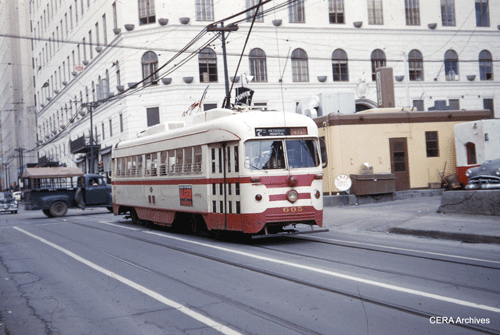
Figure 6 - Dallas double-end PCC on the #7 line, circa 1949-52. (Photographer unknown)
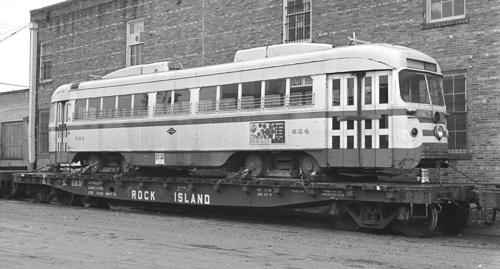
Figure 7. Dallas Railway & Terminal 624 on a flatcar in Dallas, awaiting shipment to Boston.
The standard single-ended PCC design called for body panels that accommodated front and center doors on only one side of the body. When two-man crews were used in PCCs with conductor's stations, boarding and alighting could be sped up by having riders pay as they passed. In effect, this made the rear of the PCC a fare-paid section, allowing riders to exit more quickly.
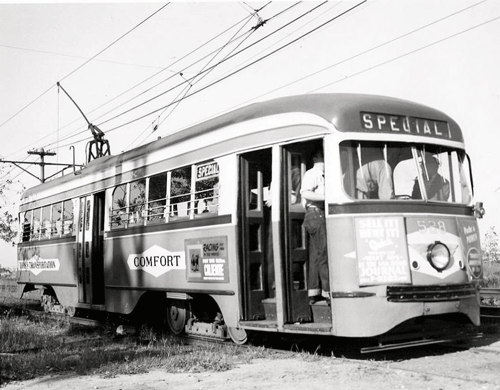
Figure 8. 1938 Air-Electric St. Louis Car Co - Built PCC in San Diego.
The only double-ended PCCs with front and center doors were built by Pullman-Standard for the Pacific Electric Railway [PERy] eventually used on its Los Angeles to Glendale route. After the PERy abandoned the line and the short downtown L.A. subway in which it ran, the PCCs were sold to Buenos Aires, Argentina, for further service.
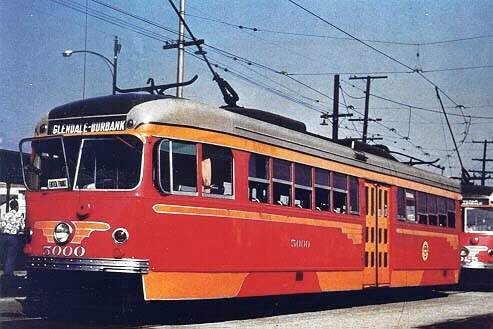
Figure 9. Pacific Electric (PERy) PCC 5000 in Los Angeles on Glendale-Burbank line.
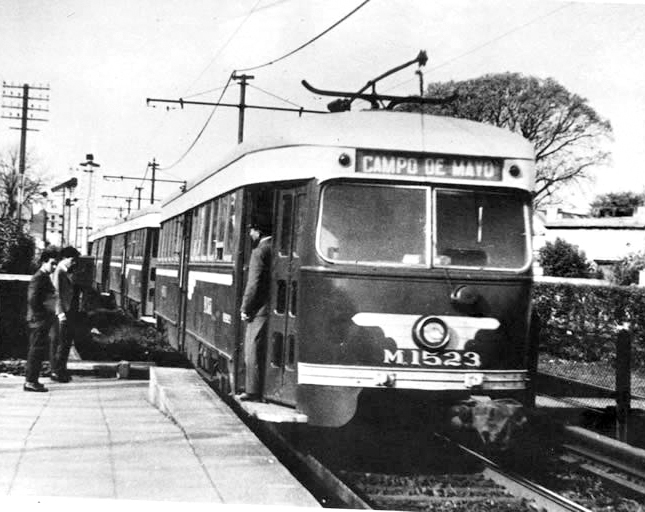
Figure 10. "Permanently-coupled" sets of former PERy PCC cars on the Urquiza Line in Buenos Aires.
Eight of the ten 1006-1015 series built in 1948 by St. Louis for San Francisco's MUNI survive. Seven are now in service on the F-line and were reconditioned for service on the F-Market heritage line now operated by San Francisco Municipal Transportation Agency [SFMTA]. Cars 1012 and 1013 were scrapped in the 1970s. One, car 1014 is at Sydney Tramway Museum in Australia.
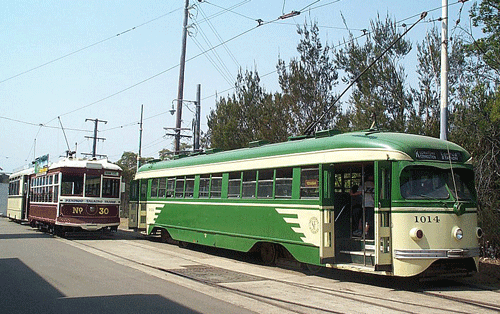
Figure 11. Former San Francisco car 1014 in Bendigo with Bendigo Birney 30 (on loan from the Bendigo Trust).
Of the eight Illinois Terminal PCCs built in 1949, two survive. Car 450 is preserved at Ohio Railway Museum near Columbus and No. 451 resides at the Connecticut Trolley Museum, East Windsor, Connecticut After the 1958 demise of the Granite City line, the two cars saw service again from 1975 to 1979 being leased to help ease a rolling stock shortage on the Shaker Heights suburban trolley routes at Cleveland, Ohio.
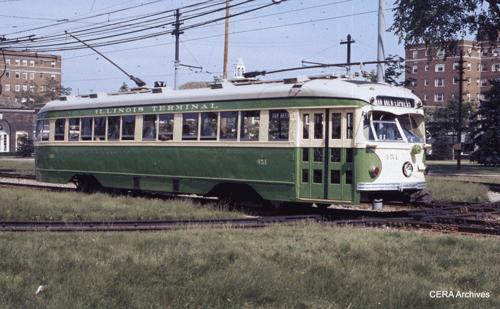
Figure 12. IT 451 at Shaker Square on May 30, 1976 while on loan to the
Shaker Heights Rapid Transit due to a car shortage. (Photographer unknown – CERA Archives)
The 14 "quasi-PCCs" delivered to Red Arrow in 1949 had long service lives with some lasting until 1982 on the Southeastern Pennsylvania Transportation Authority [SEPTA] Media and Sharon Hill light rail lines before being displaced by Kawasaki-built double-ended LRVs. Nine of the former Red Arrow/SEPTA 11-24 series survive and two, cars 14 and 24, are located at Pennsylvania Trolley Museum, Washington, Pa. Car 14 has been beautifully restored and is frequently operated. Shoreline Trolley Museum at East Haven, Connecticut, acquired Nos. 18 and 21. One may be displayed at a railroad museum at Newtown Square, Pa., not far from where it ran on the Red Arrow West Chester Division which was bused in June 1954.
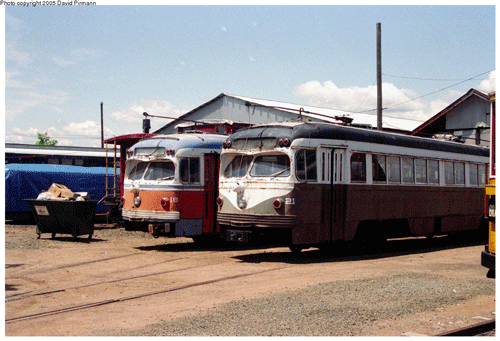
Figure 13. Former Red Arrow / SEPTA St. Louis Quasi-PCC cars 18 & 21 in Connecticut.
The largest surviving group of double-ended PCCs is the batch built in 1945 by Pullman for Dallas. Boston's Metropolitan Transit Authority [MTA] acquired all 25 in 1958 and 1959 to replace the last conventional Type 5 steel cars.
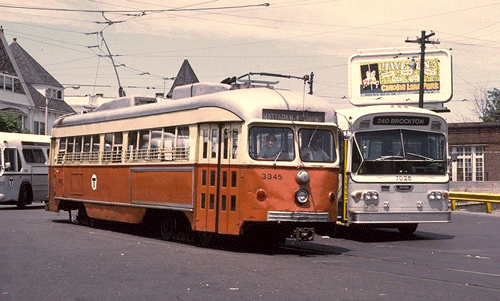
Figure 14. MBTA 3345 on the Mattapan-Ashmont Line.
Today, 12 survive, nearly all at Seashore Trolley Museum, Kennebunkport, Maine. However, a car is at Connecticut Trolley Museum. Another car is at Illinois Railway Museum at Union, and another is at the Middletown & Hummelstown Railroad in southeastern Pennsylvania.
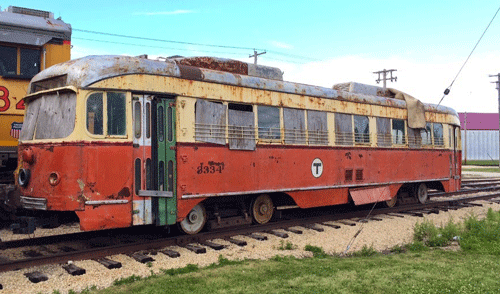
Figure 15. Ex-Dallas, ex-MBTA PCC 3334 at Illinois Railway Museum.
The 30 double-ended PCCs ordered from Pullman-Standard in 1940 by PERy survived until the Glendale-Burbank line was converted to busses in 1955. After sitting in storage in a damp subway tunnel for three years, all were sold to Buenos Aires. None survive.
Models in HO, O and other scales of double-ended PCC trolleys have been manufactured or imported in brass, epoxy and resin including the new 3D printing technology. Possibly the best known brass import is the Suydam HO PCC which is available from time to time on eBay.
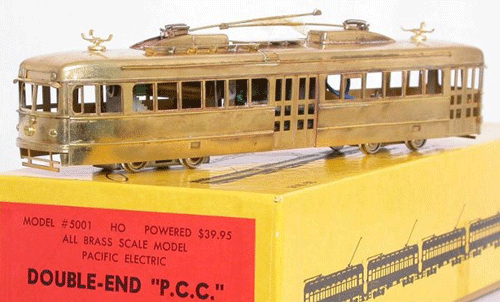
Figure 16. Suydam PERY PCC with original box.
St. Petersburg Tram Collection of Russia produced various double enders in 1/48 O scale. Although non-powered, they can be motorized for layout use with Q Car Company components.
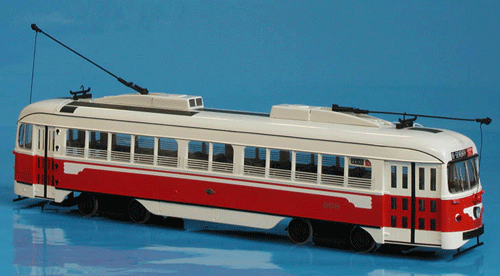
Figure 17. SPTC O scale model of Dallas
PCC 608.
Double end PCC cars were indeed rare with only the following constructed:
Pacific Electric Railway - 30 cars from Pullman Standard - 1940
Dallas Railway & Terminal Company - 25 cars from Pullman Standard - 1945
San Francisco Municipal Railway - 10 cars from Saint Louis Car Company - 1948
Illinois Terminal Railroad Company - 8 cars from Saint Louis Car Company - 1949
Philadelphia Suburban Transportation Company - 14 "Quasi-PCC" cars from Saint Louis Car Company - 1949
Total - 73/87 cars depending on whether you count the Red Arrow cars.